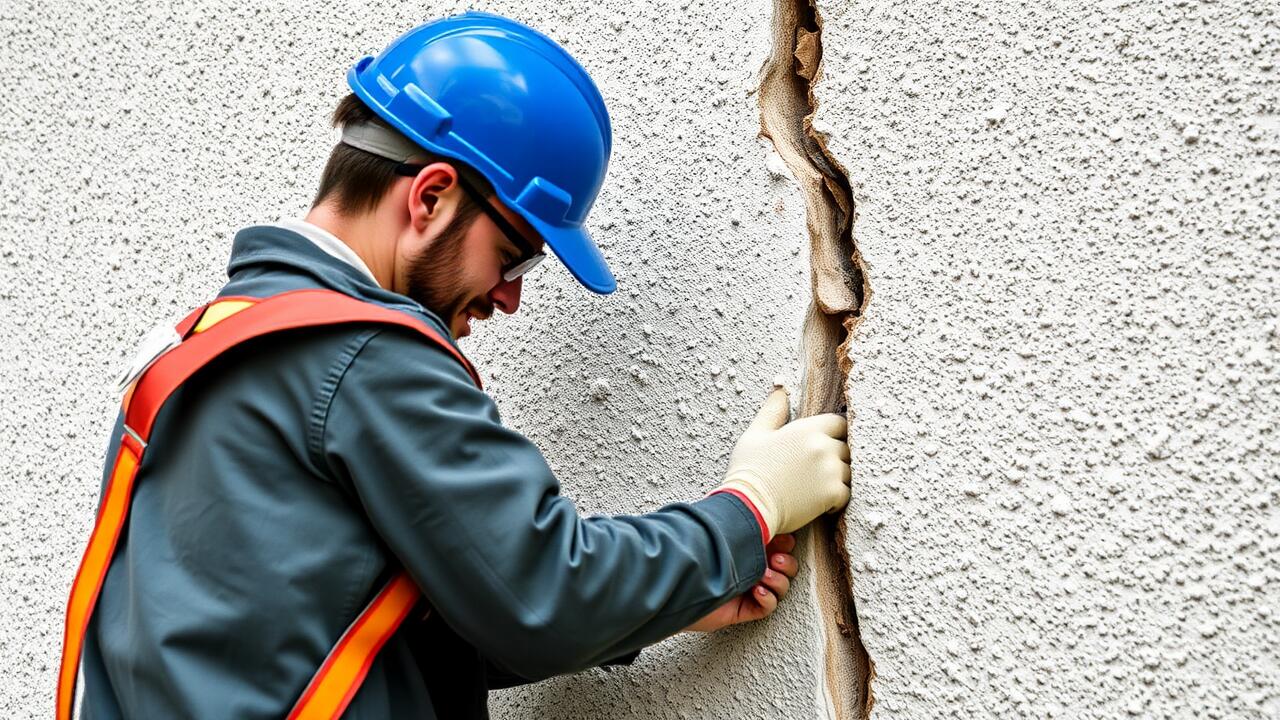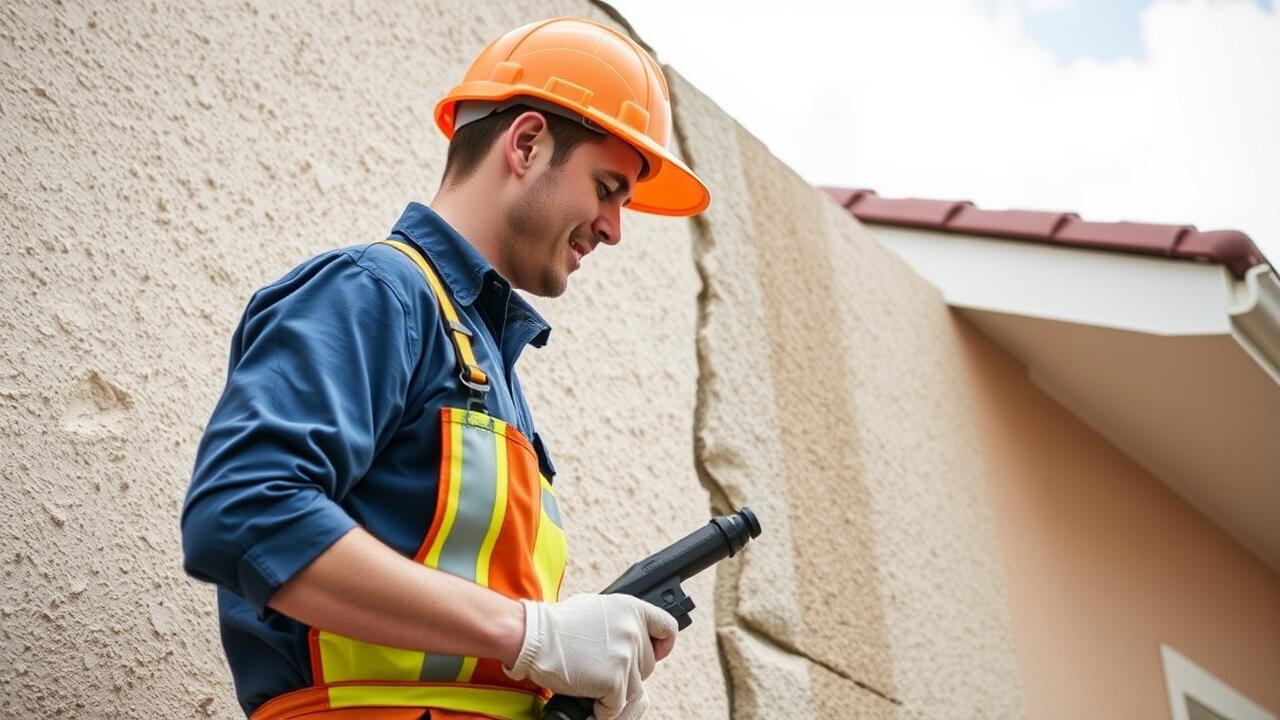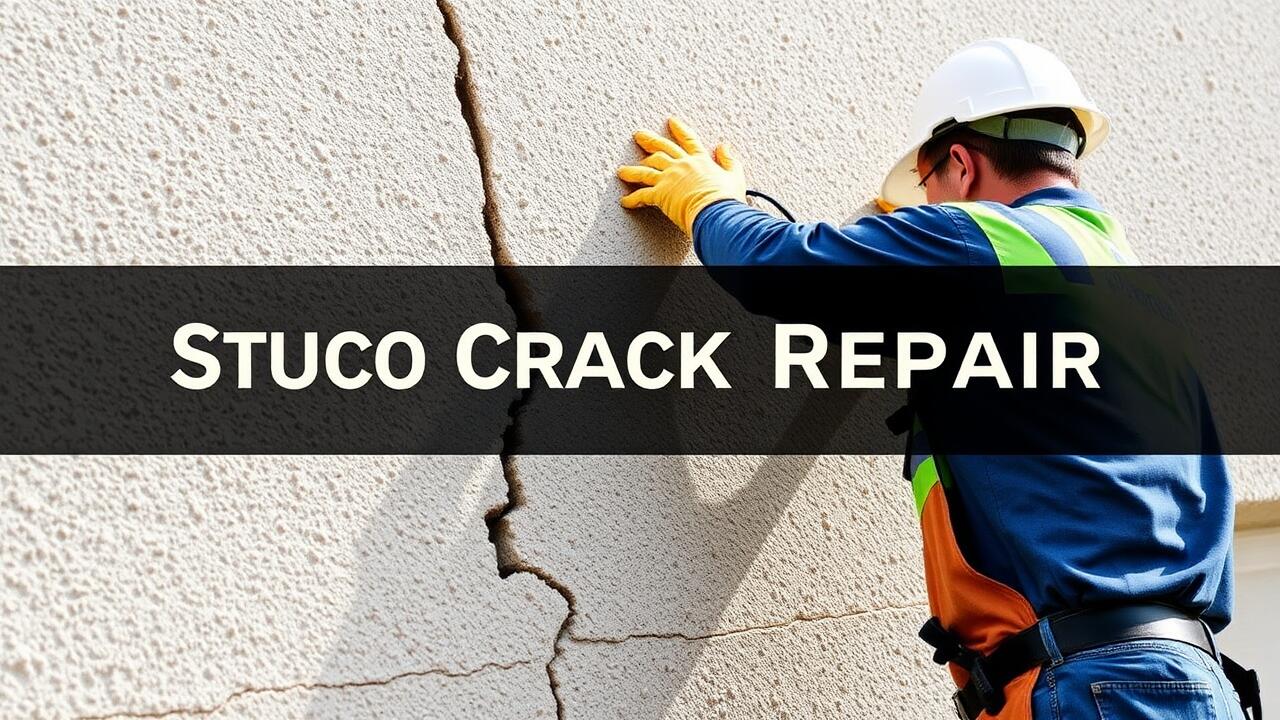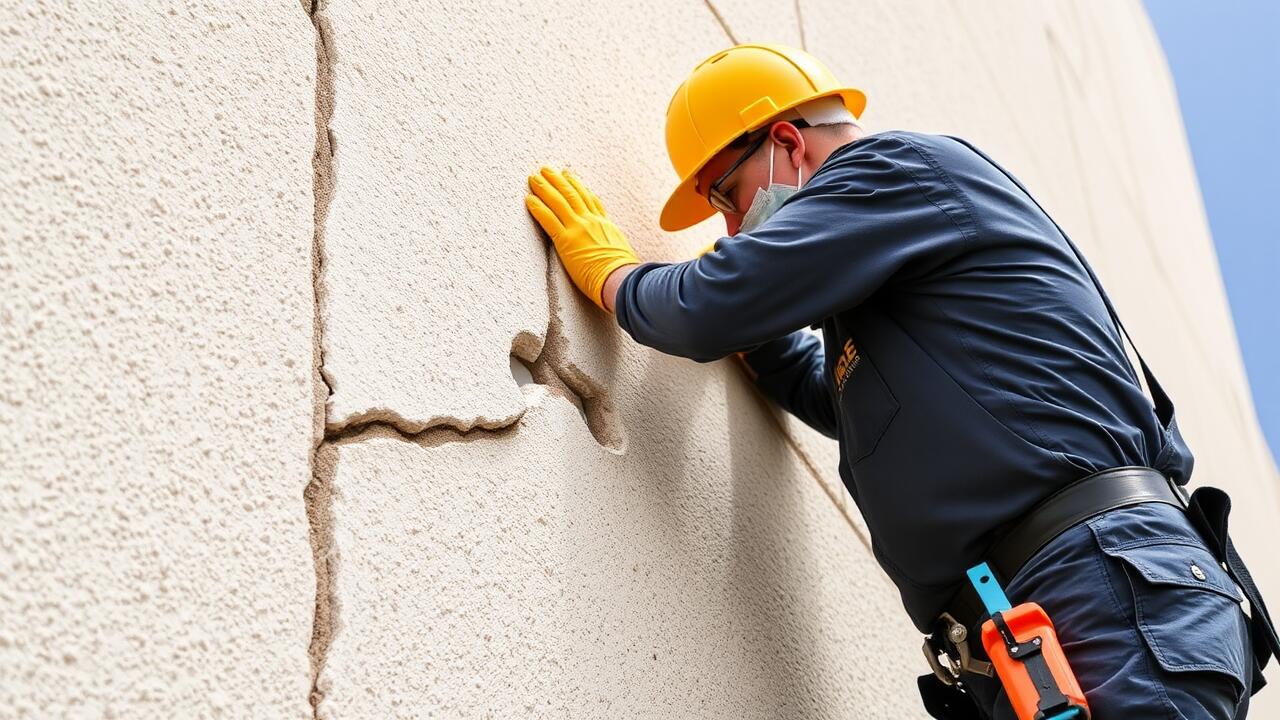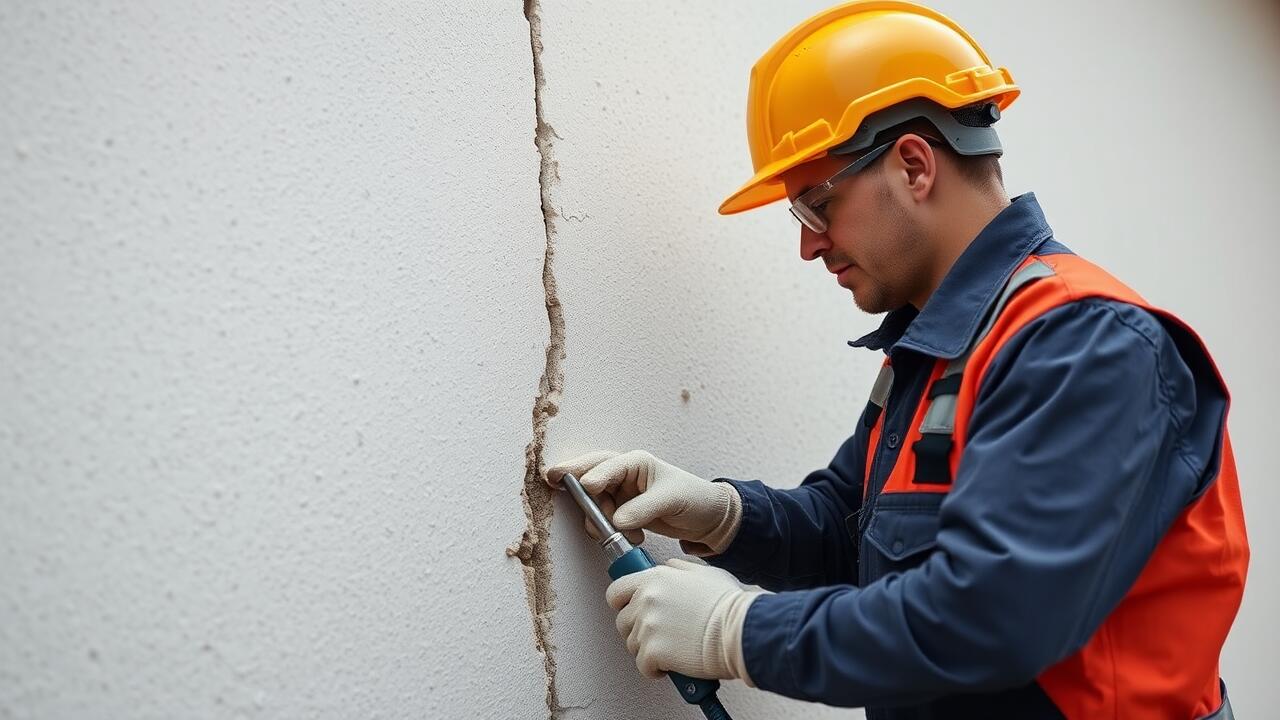
Geographic Variations in Stucco Use
Stucco is a versatile material widely used across various regions in the United States, but its performance and durability can vary significantly based on geographic conditions. In hotter climates, such as the Southwest, stucco can be prone to cracking due to the intense sun and fluctuating temperatures. In contrast, areas with high humidity or frequent rainfall, like the Southeast, may experience issues related to moisture infiltration, leading to mold and deterioration. These environmental factors influence not only the choice of stucco but also the methods used for application and maintenance.
Homeowners often seek localized services for addressing stucco issues, which leads to searches for “Stucco Crack Repair near me.” The search reflects a growing awareness of the importance of hiring professionals familiar with the specific challenges presented by the local climate. Additionally, regional preferences for aesthetics can shape stucco application, with some areas favoring smoother finishes while others embrace textured options. Understanding these geographic variations helps homeowners make better choices regarding both installation and upkeep.
Regional Trends Influencing Quality
Regional variations in stucco quality often stem from local climate conditions and building practices. In areas with high humidity, such as the southeastern United States, stucco systems may experience issues related to moisture intrusion. Conversely, in drier regions, the risk of cracking can increase due to thermal expansion. Local craftsmanship also plays a significant role in determining the overall quality, as builders may have differing levels of experience with stucco application and finishing techniques.
Maintenance practices differ widely from region to region. Some homeowners may prioritize regular inspections and repairs, while others may overlook signs of damage until significant issues arise. The availability of professional services such as "Stucco Crack Repair near me" can influence how promptly repairs are made. Overall, understanding these regional trends helps homeowners make informed decisions about maintaining their properties and ensuring the longevity of their stucco exteriors.
Repair Techniques for Compromised Stucco
When addressing compromised stucco, identifying the damage is the first step. Cracks can result from various factors, including settling foundations, moisture infiltration, or temperature fluctuations. The repair process often begins with cleaning the affected area to remove dirt, dust, and loose particles. After cleaning, using a chisel or grinder can help widen the crack for better adhesion of the repair material. It is crucial to apply a suitable patching compound designed for stucco, ensuring the material matches the existing texture and color.
For those seeking professional assistance, searching for "Stucco Crack Repair near me" can yield local contractors experienced in stucco restoration. These experts often offer comprehensive assessments, ensuring that underlying issues, like moisture retention or structural movement, are addressed before any cosmetic repairs take place. Following proper treatment protocols and selecting the right materials can significantly extend the life of stucco and maintain its aesthetic appeal.
Steps to Restore Affected Areas
When restoring compromised areas of stucco, the first step involves a thorough inspection to identify cracks, gaps, and areas of wear. Once these issues are pinpointed, it is essential to clean the surface effectively. Removing loose debris and dust will ensure better adhesion of the repair materials. Utilizing a wire brush or air compressor can help achieve a clean, smooth surface. After cleaning, applying a bonding agent will enhance the connection between the existing stucco and the new material, promoting a lasting repair.
Next, selecting the appropriate repair compound is crucial for an effective restoration. Whether using traditional stucco mix or modern patching materials, ensuring compatibility with the existing stucco is essential. The application should be done in layers, allowing each layer to set before applying the next. For those who may need assistance finding local professionals, searching for “Stucco Crack Repair near me” can connect homeowners with experts who provide tailored solutions for damaged stucco.
Modern Alternatives to Traditional Stucco
In recent years, homeowners have increasingly turned to modern alternatives to traditional stucco for their exterior finishes. Options like fiber cement siding and synthetic stucco have gained popularity due to their durability and flexibility. Fiber cement siding mimics the appearance of wood, stone, or brick while providing enhanced resistance to rot and pests. Meanwhile, synthetic stucco, also known as EIFS (Exterior Insulation and Finish System), offers an energy-efficient solution with a wide range of colors and textures. These materials address some common issues associated with traditional stucco, particularly in areas susceptible to moisture and cracking.
Although traditional stucco has its place in architectural history, contemporary materials are often favored for their lower maintenance and repair requirements. For those who still experience problems with existing stucco, options for restoration include specialized coatings and sealants to protect against moisture intrusion. Homeowners seeking local assistance for issues like cracks may find useful resources by searching for "Stucco Crack Repair near me." This approach facilitates locating professionals equipped to handle repairs while considering modern solutions for home exteriors.
Exploring Contemporary Exterior Finishes
Homeowners seeking alternatives to traditional stucco often explore contemporary exterior finishes that combine aesthetics with durability. Materials like fiber cement siding, synthetic stucco, and vinyl are increasingly popular. These options provide varied textures and colors while offering improved resistance to weather-related issues. The versatility of modern finishes allows for creative design possibilities that align with both contemporary architectural trends and personal preferences.
For those focused on maintaining existing stucco, seeking services for “Stucco Crack Repair near me” can be advantageous. Addressing minor imperfections promptly can prevent more extensive damage. Modern repair techniques often utilize advanced sealants and durable patches that blend seamlessly with the original surface. This approach not only preserves the appearance of the home but also enhances its longevity and performance.
FAQS
What year did stucco first become popular in home construction?
Stucco began gaining popularity in the United States in the early 20th century, particularly around the 1920s.
When did stucco experiences its decline in quality?
The quality of stucco began to be questioned in the late 1970s and 1980s, particularly due to issues with moisture retention and poor installation practices.
Are there specific regions where stucco has been more problematic?
Yes, regions with high humidity or extreme weather conditions, such as the Southeast and parts of the Pacific Northwest, have experienced more issues with stucco.
What are common signs of compromised stucco?
Common signs include cracks, moisture stains, bulging, or peeling paint, which indicate that the stucco may be deteriorating.
What modern alternatives to traditional stucco are available?
Modern alternatives include synthetic stucco systems, fiber cement siding, and various types of decorative exterior finishes that offer improved durability and aesthetics.
